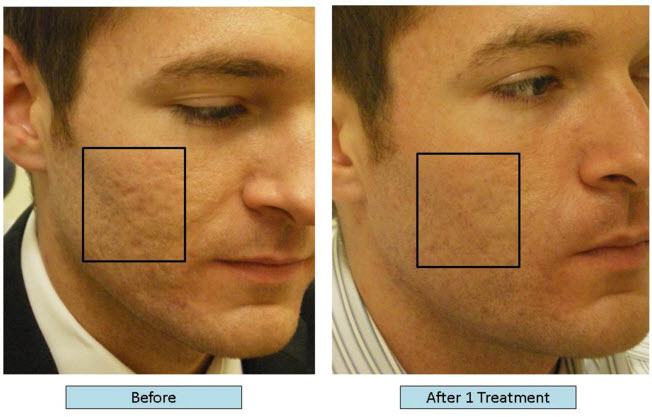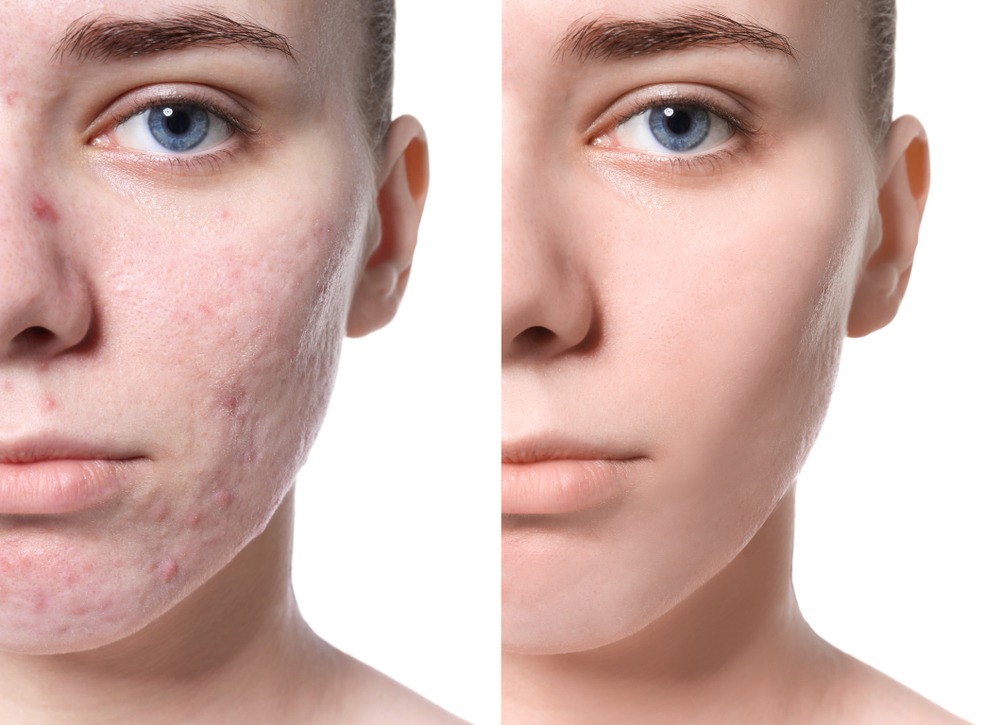Exploring Skin Problems: Recognizing and Dealing With Acne Scars for Healthier Skin
Acne scars represent a significant concern for people seeking to maintain healthy and balanced skin, as they can impact both appearance and self-esteem. Recognizing the various sorts of marks, from atrophic to hypertrophic, is necessary for figuring out suitable treatment alternatives. While specialist treatments like chemical peels and microneedling can be efficient, the importance of individualized care strategies can not be overstated. Moreover, preventative procedures play an essential role in minimizing future scarring. As we check out these elements, one need to consider just how the right method can bring about transformative outcomes.
Comprehending Acne Marks
Understanding acne scars is important for any person who has experienced extreme acne, as these marks can have a lasting effect on both physical look and psychological wellness. When the skin undertakes inflammatory responses during active acne sores, acne marks create. The seriousness of scarring is usually affected by factors such as the kind of acne, its period, and specific skin characteristics.
The body's natural healing process can lead to either atrophic marks, which show up as anxieties in the skin, or hypertrophic marks, which are elevated and arise from overflow of collagen. In addition, the psychological toll of acne scars should not be ignored; lots of people report feelings of embarrassment, anxiety, and reduced self-worth. This psychological problem can influence social communications and general high quality of life.
Resolving acne marks needs a thorough understanding of their development and influence. Understanding of the capacity for long-lasting repercussions related to unattended marks can inspire individuals to seek appropriate therapies. Early intervention and effective management approaches can significantly improve skin look and improve mental durability, emphasizing the importance of recognizing the intricacies surrounding acne scars.
Sorts Of Acne Marks
Acne marks can be classified right into distinct kinds, each exhibiting one-of-a-kind attributes and needing specific therapy methods. The primary sorts of acne marks include atrophic, hypertrophic, and keloid marks.

Hypertrophic marks, on the other hand, are elevated over the skin level and are the result of extreme collagen manufacturing during the recovery process. They normally remain within the borders of the initial acne lesion. Keloid scars are similar however prolong past the initial injury site, creating bigger, elevated areas that can be excruciating or itchy.
Recognizing these kinds of scars is crucial for picking appropriate treatment options. Various scars may respond better to particular therapies, such as laser treatments, fillers, or surgical treatments, stressing the importance of a tailored approach to acne scar management.
Identifying Your Scars
When examining the look of your skin, it is essential to accurately identify the kind of marks existing, as this will certainly inform one of the most reliable therapy approach. Acne scars usually come under two classifications: atrophic and hypertrophic scars. Atrophic marks, which are one of the most usual, look like anxieties or imprints on the skin. These can further be classified into ice-pick scars, boxcar scars, and rolling marks, each displaying unique qualities and requiring various strategies for analysis.
Hypertrophic marks, on the other hand, are increased and take place as a result of extreme collagen production during the healing procedure. Acknowledging the certain features of your marks-- such as depth, structure, and size-- is crucial for proper recognition. Furthermore, think about the distribution of scars throughout your skin, as this can dig this indicate the seriousness and period of the acne problem.
Engaging with a skin doctor can provide useful understandings into the nature of your scars, helping in check my site the distinction in between numerous types. A detailed understanding of your scars will eventually result in an extra tailored and effective treatment strategy, making certain a clearer and healthier skin.
Treatment Choices Readily Available
Recognizing the particular sort of acne marks present on your skin lays the foundation for exploring effective treatment choices. Typical sorts of acne scars consist of atrophic (depressed), hypertrophic (elevated), and post-inflammatory erythema.
For atrophic marks, alternatives such as chemical peels, microneedling, and laser resurfacing are commonly used. Chemical peels use acids to eliminate the outer layer of skin, promoting new cell growth. Microneedling involves tiny needles that create micro-injuries, stimulating collagen production. Laser resurfacing targets damaged skin cells, improving appearance and tone.
Hypertrophic scars can be treated with corticosteroid injections to squash the mark or laser therapy to minimize inflammation and enhance appearance. acne scars treatment. Silicone gel sheets and stress dressings may also aid in taking care of elevated marks
On top of that, dermal fillers can briefly load in depressions from atrophic scars, while surgical excision might be proper for serious cases. Each therapy choice has its factors to consider and advantages, making it necessary to talk to a dermatologist. They can provide personalized recommendations based upon the type and severity of your marks, as well as your skin kind and general wellness.
Tips for Prevention
Effective prevention techniques can dramatically decrease the possibility of establishing acne marks. Using non-comedogenic products aids prevent stopped up pores, which can aggravate acne.
Avoiding the desire to select or stand out acne lesions is vital, as this can lead to deeper skin damage and boost the threat of scarring. Instead, take into consideration making use of a cold compress or over the counter therapies to lower swelling and redness.
Sun security is useful content an additional vital aspect of prevention; ultraviolet (UV) rays can darken scars and impede the healing procedure. Using a broad-spectrum sun block with a minimum of SPF 30 daily can protect the skin and promote even healing.
Finally, keeping a balanced diet abundant in minerals, vitamins, and antioxidants supports skin health and wellness and recovery. Staying moisturized and managing anxiety degrees can also play a substantial duty in minimizing acne flare-ups. By implementing these techniques, people can significantly minimize their opportunities of developing acne marks.

Conclusion
To conclude, understanding and recognizing acne marks is vital for reliable therapy and achieving healthier skin. Various kinds of acne scars, including hypertrophic and atrophic marks, require certain treatments customized to specific demands. Treatment alternatives array from chemical peels and microneedling to corticosteroid shots, stressing the importance of speaking with a skin specialist. Furthermore, embracing a mild skincare regimen and shielding the skin from UV direct exposure can substantially add to the prevention of further scarring and overall skin wellness.
The body's natural recovery procedure can result in either atrophic marks, which appear as anxieties in the skin, or hypertrophic scars, which are elevated and result from overflow of collagen. They are more divided into 3 subtypes: ice choice marks, boxcar scars, and rolling scars. Acne scars typically drop right into 2 categories: hypertrophic and atrophic scars. These can even more be classified into ice-pick scars, boxcar marks, and rolling scars, each showing distinct attributes and calling for different strategies for assessment.
Numerous types of acne marks, including hypertrophic and atrophic marks, require certain treatments tailored to private demands.